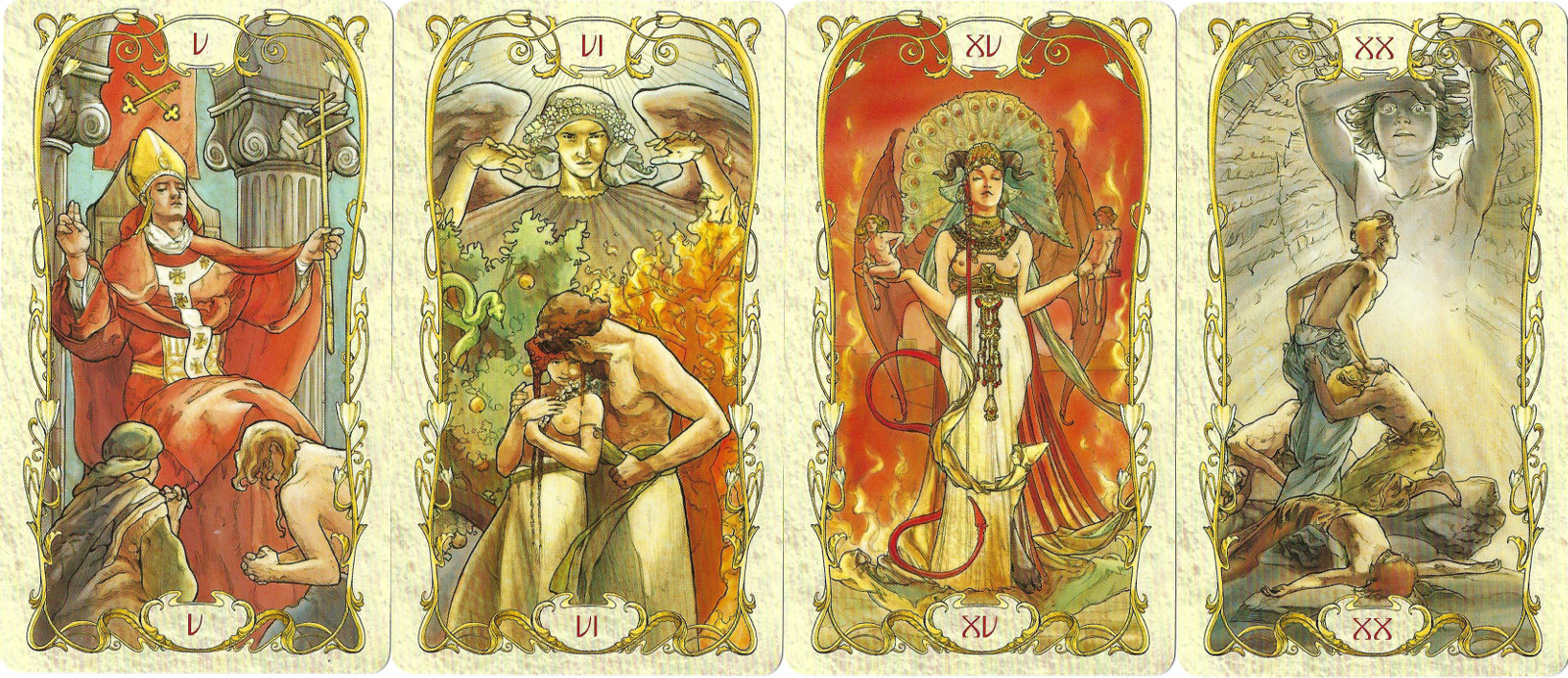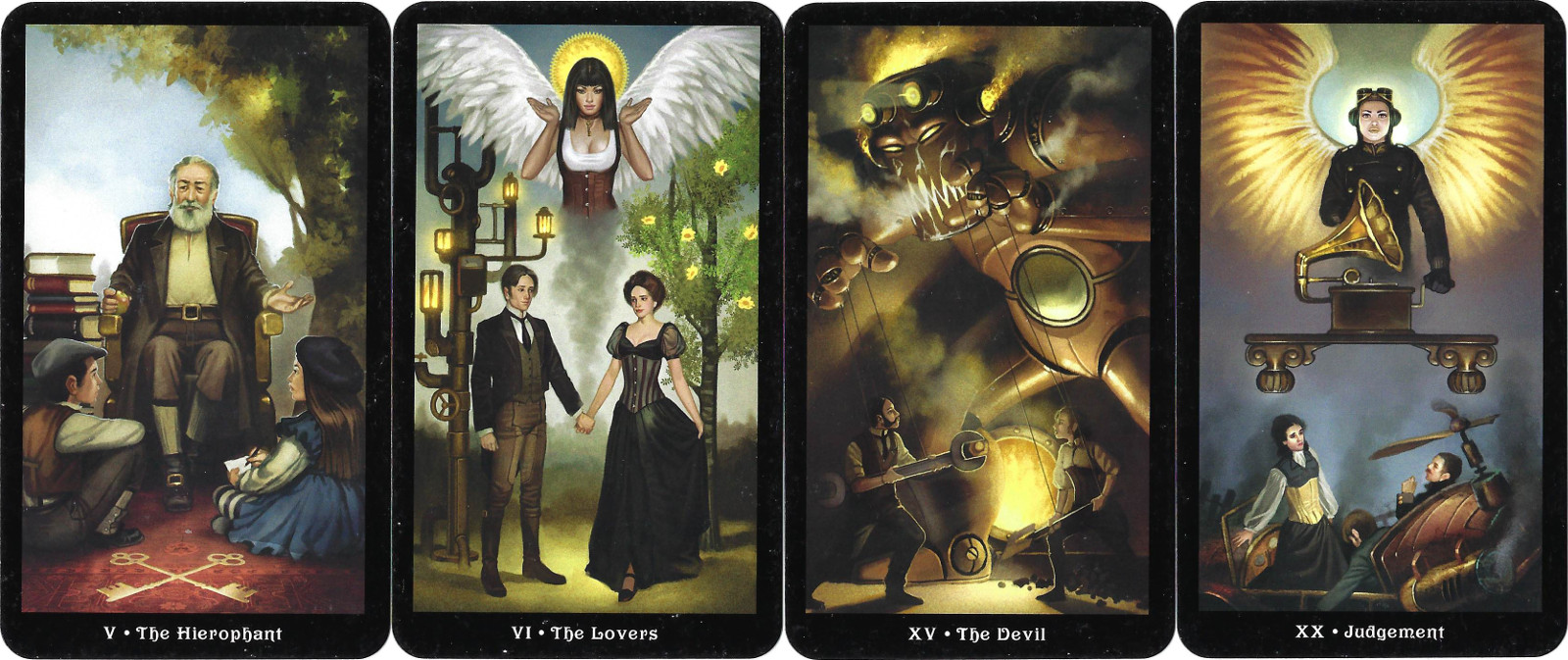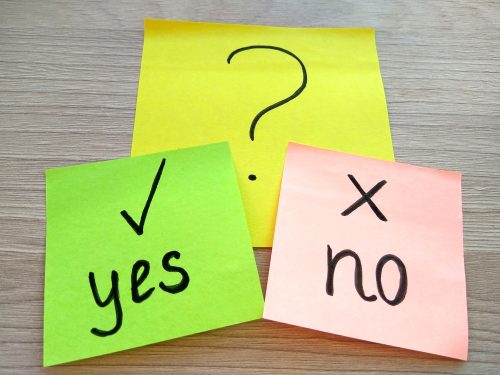Is Tarot Religious?

It is common to find religious symbolism in tarot, especially in traditional and historic decks. Unfortunately, for modern rationalists this can be off-putting. Does this mean that the scientifically minded should avoid tarot? Not at all. Read on for suggestions on how to work around — or work with — religious symbolism in tarot.
The Question: As a Scientist, How Can I Work with Religious Symbolism in Tarot?
Here’s the question I received from a reader back in May:
Hello Joy. I am somewhat new to Tarot and after buying a Smith-Waite deck I noticed the cards have many Christian and Jewish influences. I enjoy divination but troubled by the religious images. I’m a scientist and find “religions” to be nothing more than mythology. Do you have any words of wisdom for me? Thank you for your time
Joy’s Answer
Choose a Deck With Symbolism That Is Meaningful to You

There is definitely clear religious iconography in the Waite-Smith and many other tarot decks. I don’t see any reason to use a deck that doesn’t appeal to you, that promotes philosophies you disagree with, or that doesn’t fit your world view.
My first recommendation would be to try different decks until you find one you like. You might start with my list of beginning decks. Glancing through the list, you might like The Fountain Tarot or the Steampunk Tarot. I believe these avoid any type of religious or spiritual influence.
A student of mine is a scientist and she likes the Tarot Mucha for its traditional symbolism and Art Nouveau style. There’s also the Quantum Tarot, which does not completely avoid mythology, but has some Hubble imagery and other scientific references.
Most significantly, you might like one of the newer decks that use everyday people and everyday situations in the imagery. For example, The Urban Tarot, originally crowd-funded in 2015, has a new mass-market printing from U.S. Games. This deck pulls all the images from everyday modern city life.
Read Religious Symbolism as Mythology

Many tarot decks work within some kind of religious, spiritual, or mythological paradigm. In fact, I don’t see any reason not to consider religious iconography exactly as you would mythological symbolism. On the one hand, mythology can introduce cultural mores and societal norms. On the other hand, mythology provides a larger picture of society, making up stories to give context and comfort to a confusing and often defeating world.
Of course, if you don’t like any kinds of mythology, then certainly it can all be avoided. Would something like alchemical symbolism appeal to you? Maybe Robert Place’s Alchemical Tarot would be a good fit for you.
Translate the Symbolism to Something Relevant to You

One of the tricks to understanding tarot is to practice translating the symbolism into something that is relevant to you. For instance, the Hierophant or Pope is about following the rules, working within a tradition, or teaching. As a teacher, Key V is the expert who must choose how much information to share with the inexperienced so that they can understand. You might have experience with this!
Overall, I am very encouraged to see more scientists interested in tarot. Being able to approach the system from a rational vantage point is useful. Logical thinkers are more likely to work with the cards strictly as a symbol system, which produces clearer, more accurate results.
Symbols Are Tools to Train the Mind

The other thing I’d like to mention is that mythology, religious symbolism, and esoteric philosophy don’t have to be about beliefs or faith. On the contrary, they can be useful tools for training the mind to work cogently within the limiting parameters of a given system. For me, this different perspective opens up deeper insights that help me understand the world and my place in it.
In addition, the discipline and intelligence it takes to learn, apply, and understand esoteric symbolism is significant. Not everyone is capable of doing that work. However, many scientists have the quality of mind and the degree of education necessary to be able to learn and apply these fascinating philosophical systems, if they enjoy the process of questioning and searching for answers.
I hope that one or more of these approaches appeals to you and that you continue your tarot study! If you choose to find a different deck, I’d be very interested to hear your choice.
If you want to ask a question about any tarot or Reiki technique or metaphysical philosophy, please feel free to ask it in the comments! You just might see an answer from me in the very near future!







